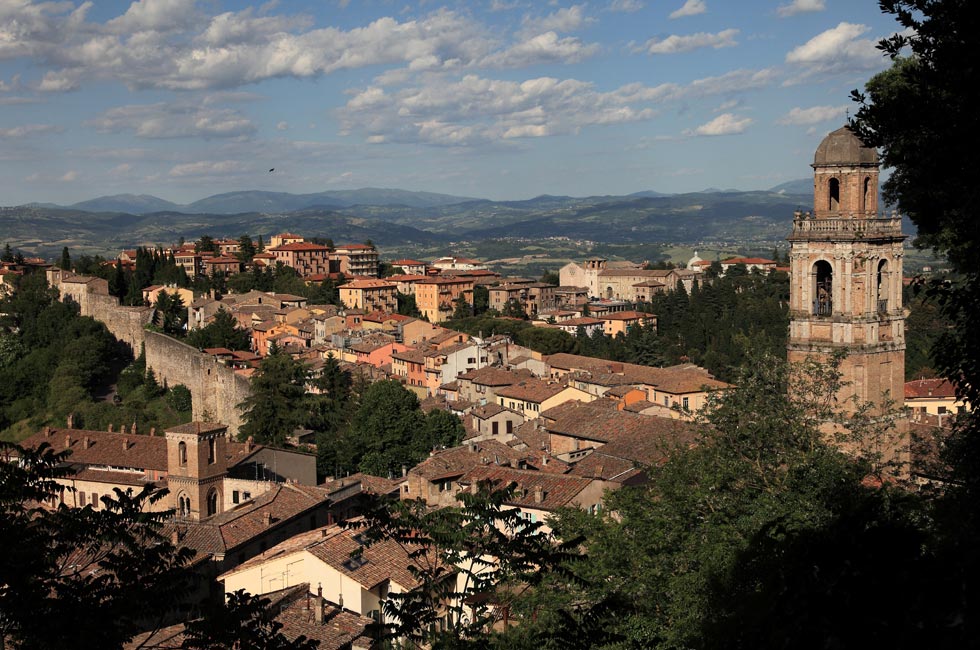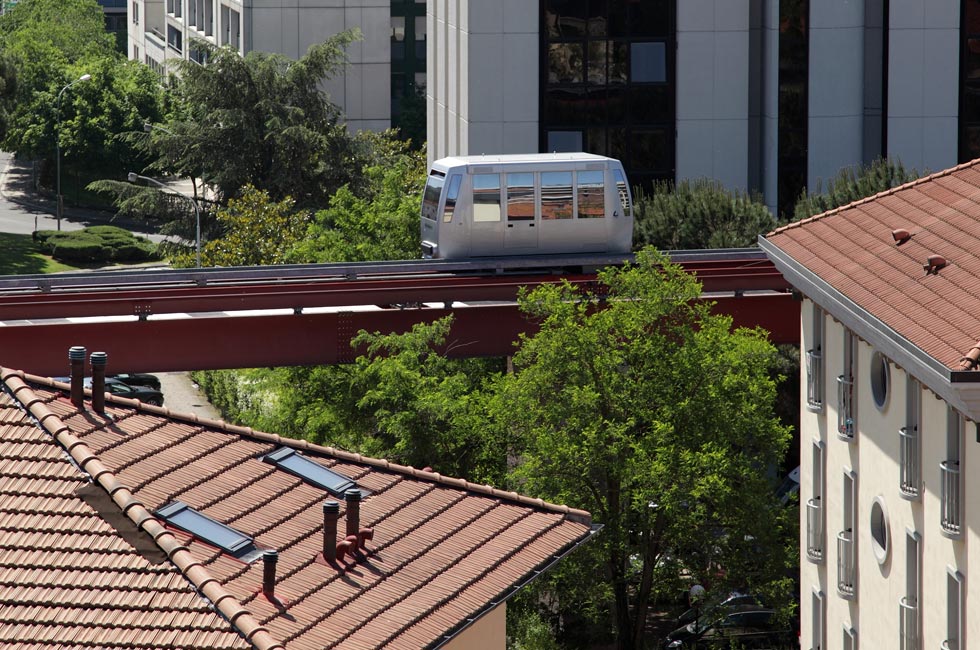By Admin
Posted in PLACES
Named “Augusta Perusia” by the Roman Emperor August, Perugia was originally founded by the Umbrians and then populated by the Etruscans.
For this latter population the village was an important center, the right bank of the Tiber River. Even now one can admire the powerful walls and the doors which open on the town in a star-shaped plan. In the 11th century the town became a free commune, but it was tormented by various battles with nearby Gubbio and Assisi. Perugia was ruled by the Baglioni family and was opposed by the Papal State. To punish the Perugia Pope Paul III Farnese built, as a warning, the “Rocca” (citadel) later called “Paolina”. Inside the citadel the mediaeval houses of the ancient center were walled-up in the dark, and you can still see them as they were: an underground town with its small streets and the homes of the local rulers. Perugia was the artistic breeding ground of painters like Pietro Vannucci named “Il Perugino”, whose works are still conserved in the ancient “Collegio del Cambio”(The Corporation of the Exchange) and at the Umbrian National Gallery. They are both located in “Palazzo dei Priori”(The Priors’ Palace) which is a beautiful example of gothic architecture. Unchanged in its ancient shape with steps, historical palaces and poetical views over the Umbrian valley, Perugia passed from the Papal to the Italian State.









